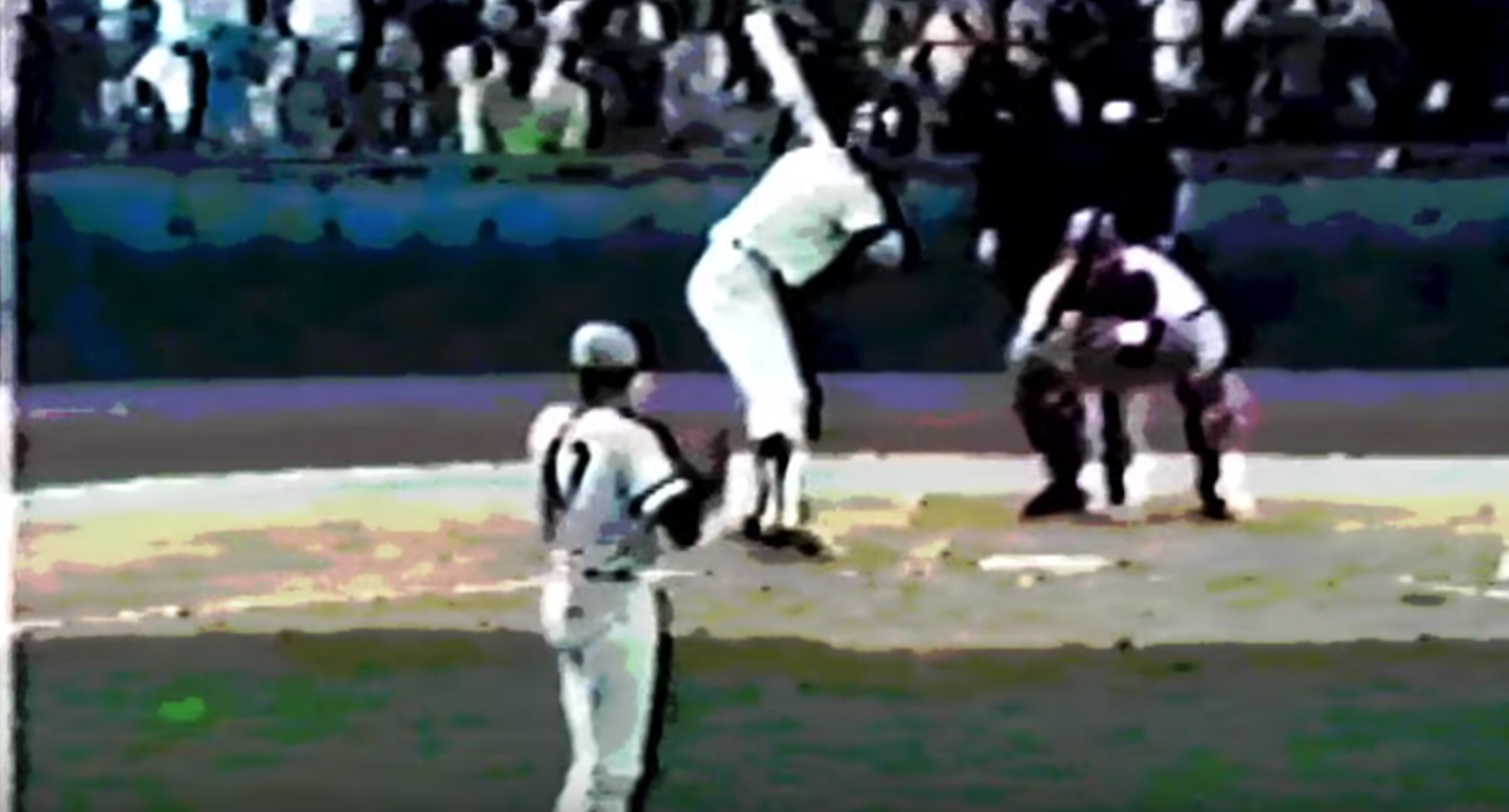

A player did not gulp down 'greenies' with the expectation that it would enhance his performance. Spaceman Lee on speed: "Amphetamines weren't being used for kicks, they were being used to sober up.

While coming off the field in Montreal after throwing a good game, I would often find my path littered with small packets of hash." He also wrote about doing mescaline and mushrooms, insisting that these substances did not harm a player's performance as long as the drug use was balanced out with a good training regimen. Lee noted that getting high can bring the players and fans together: "Drugs also serve as tokens of appreciation. The next day, the headlines across North America read: "LEE ADMITS TO SMOKING MARIJUANA."

I've been using that stuff since 1968 and I've never had a problem with it."

Reporter: "I was wondering if the Red Sox club had a problem with marijuana." A few years after he left the game, he wrote a memoir of his years in baseball ( The Wrong Stuff, 1984) in which he blew the lid off drug use in the major leagues: Toward the end of his career, he told reporters he smoked marijuana, which earned him both a strong admonition from the commissioner of baseball and a spot on the cover of High Times. Lee pitched for the Red Sox and the Expos from the late '60s to the early '80s. Probably the most colorful and outspoken baseball player who is associated with drugs is Bill "Spaceman" Lee. "Some guys I pitched against, we would try to guess which one of us was higher." "I was going out there on the average of 75 milligrams," he says. Ellis sometimes swallowed 10-15 amphetamines before a game. By 1984 he was out of baseball, working as a drug rehabilitation counselor, and he decided to set the record straight. Back in 1970, it would have been damaging to his career to make that admission publicly. For advocates of the mind-expanding properties of psychedelic drugs, this was the stuff of legend.Įllis waited until 1984 to reveal that he was on acid the night he achieved baseball immortality. He was wild that evening, walking eight batters, but pitched that rarity - a no-hitter. "The ball was small sometimes, the ball was large sometimes sometimes I saw the catcher, sometimes I didn't." I was psyched, I had a feeling of euphoria. "I can only remember bits and pieces of the game. It was the first game of a two-night doubleheader against the Padres. He was on the mound throwing the first pitch at 6 p.m. With great difficulty, he managed to get to the ballpark on time. Dock's girlfriend drove him to the airport for a 3 p.m. The original starting pitcher for the Pirates was a last-minute scratch due to an injury. At one, my girlfriend looked in the paper and said 'Dock, you're pitching today'." Ellis invited his girlfriend over, and they dropped hits of acid around noon.Īs he tells it in his autobiography, In the Country of Baseball: On June 12, 1970, the 25-year-old pitcher was between starts, so he stayed back in his Los Angeles hotel while his team flew on to San Diego to play the Padres. When the subject of baseball and drugs comes up, the story of Pittsburgh Pirates pitcher Dock Ellis and his celebrated "LSD No-Hitter" stands out above all others. In fact, these two American pastimes have often gone hand in hand (or powder to nose, joint to lips, paper to tongue), providing juicy scandal material for writers on the sports beat and their readers. But star baseball players are hardly strangers to illegal drugs.


 0 kommentar(er)
0 kommentar(er)
